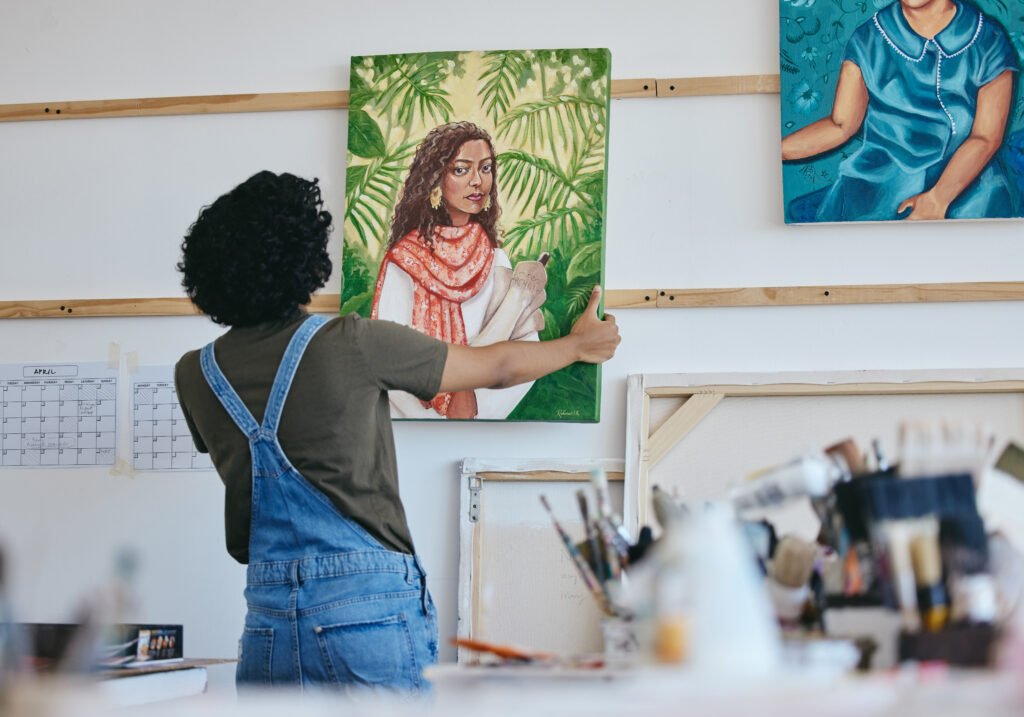Contemporary art is in constant transformation. In a global scenario accelerated by technologies, political tensions, and environmental urgencies, new artistic movements arise to interpret, challenge, and even reconstruct how we think and experience art.
These movements not only respond to the present but also reposition the role of the artist, the artwork, and the audience. Below, we present three currents that have been reshaping the landscape of contemporary art, with real impact on visual practices and discourses worldwide.
1. Post-Digital Art: When the Virtual and Physical Merge
With the advancement of artificial intelligence, NFTs, augmented reality, and social networks, the field of art has fully entered the post-digital era. This artistic movement does not merely celebrate technology but problematizes its presence in everyday life.
Works are created based on algorithms, browsing data, or online interactions. Furthermore, the digital is no longer separate from the physical, as the boundary between the two has collapsed.
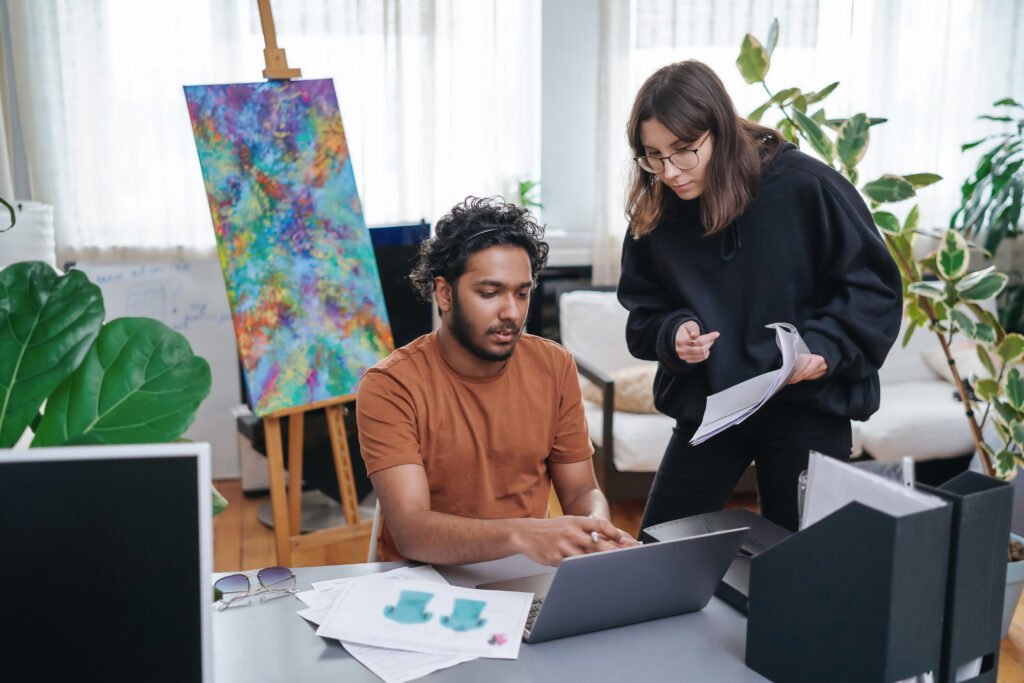
According to a study by the University of the Arts London, post-digital art represents a critical response to information overload and algorithmic logic.
Artists such as Refik Anadol, who transforms data into immersive installations, and the collective TeamLab, which creates interactive digital environments, demonstrate how the traditional limits of painting or sculpture have been radically displaced.
In this new paradigm, the viewer not only observes but interacts, decides, and modifies.
The artwork ceases to be static and becomes processual. The very notion of authorship is also questioned: when an algorithm contributes to creation, who is the artist? These are issues this movement highlights and that have influenced museums, curators, and collectors around the world.
Besides the aesthetic impact, post-digital art introduces debates about surveillance, identity, and dematerialization. Technological obsolescence and media ephemerality are essential parts of this poetics, making each work also a commentary on time itself.
2. Visual Ecoconsciousness: Art in Dialogue with the Planet
Another artistic movement that has gained strength in recent decades is focused on the environmental crisis. So-called ecological art, or eco-art, goes beyond representing nature to establish an ethical and critical relationship with the planet. In this context, artistic movements turn toward sustainability, ecological repair, and the listening to indigenous peoples.
Artists like Olafur Eliasson, Agnes Denes, and Brazilian Thiago Rocha Pitta create works that deal directly with natural phenomena, land use, climate change, and organic processes. More than denouncing, these practices propose new ways of coexisting with the world.
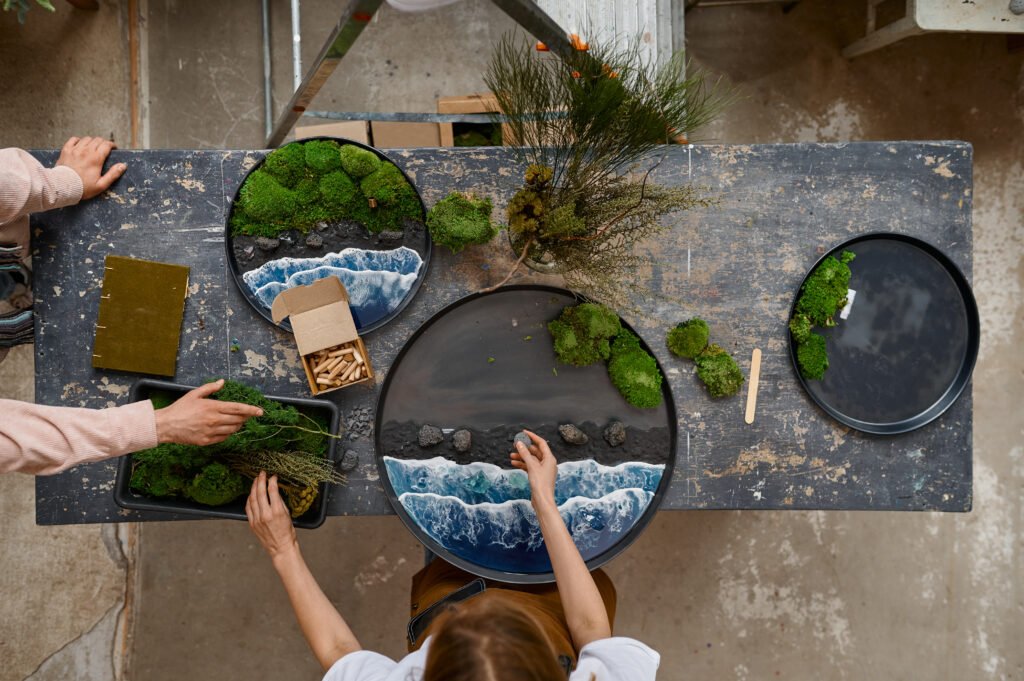
As indicated by the study Ecological Aesthetics and Artistic Practices from the University of California, Santa Cruz (2023), these works act as “platforms for sensitive reconnection with the Earth.”
Moreover, many projects are collaborative and designed for public spaces, gardens, risk zones, and communities affected by environmental disasters. This art refuses to be merely symbolic. It intervenes, regenerates, plants, and rebuilds.
The climate emergency has led museums and biennials to incorporate ecological agendas into their curations about this artistic movements.
The 2022 Venice Biennale, for example, highlighted indigenous collectives and artistic practices centered on land and water. Thus, contemporary art assumes a sensitive mediating role between humans and the planet, contributing to the imagination of possible futures.
3. Aesthetics of Repair: Memory, Identity, and Justice
In recent years, discussions about historical repair and social justice have gained space in various cultural spheres. Art has not been excluded from this debate. Thus, a set of practices has emerged that we can group under the term “aesthetics of repair.” This artistic movement seeks to revisit colonial narratives, denounce silencing, and rescue erased memories.
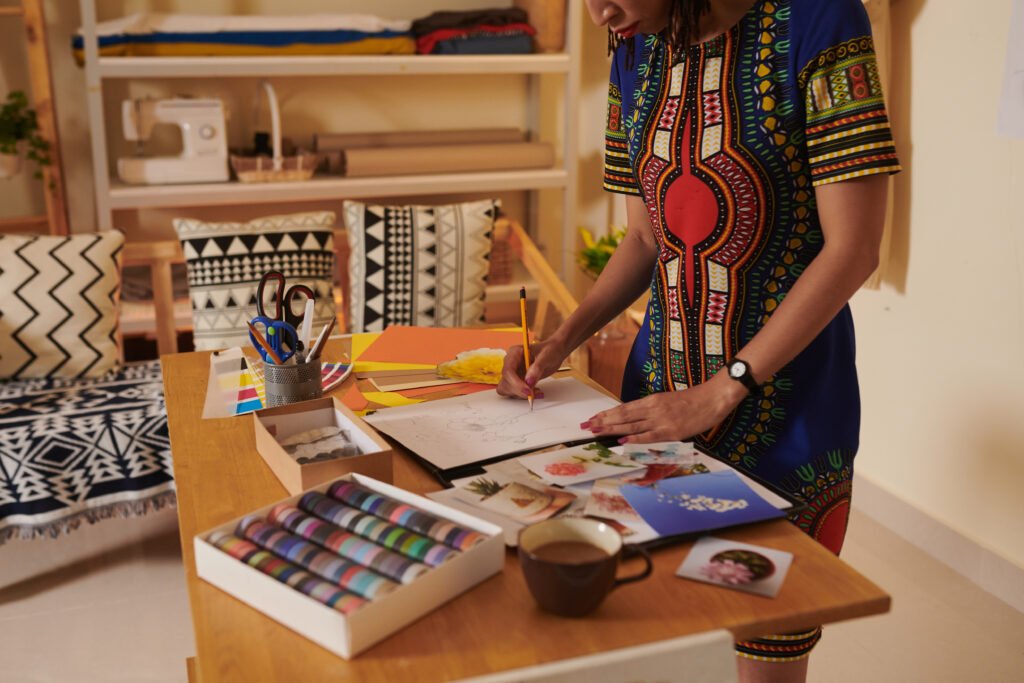
Afro-descendant, indigenous, migrant, and LGBTQIA+ artists have been occupying museums, artist residencies, and galleries with works that challenge the canon.
This production is not limited to content but also questions institutional exhibition formats. According to Columbia University (2021), the aesthetics of repair “reposition the museum as a political and affective space.”
Striking examples of this approach include South African Mary Sibande, who re-signifies the history of domestic labor and the figure of the black woman, and American Kehinde Wiley, who places black bodies in compositions inspired by Renaissance portraits. Both promote symbolic subversion by occupying historically exclusionary spaces.
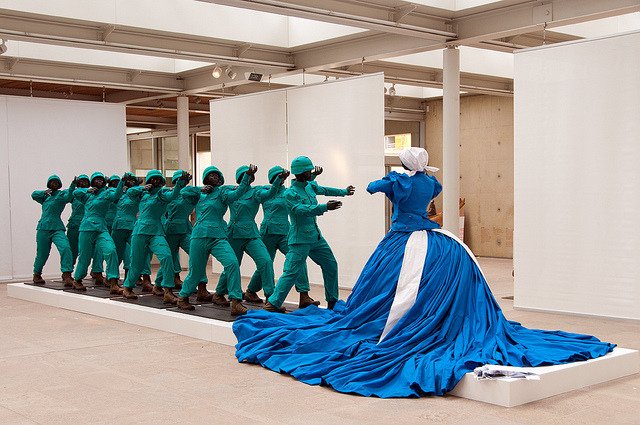
This movement shows that art is not neutral. It can heal, denounce, and rebuild. By making historical wounds visible, these artists open pathways for dialogue, recognition, and collective transformation.
Thus, it is clear that artistic movements have gained new important contours in recent years. Today, they are deeply embedded in various social contexts and can affect us more than we might imagine.

